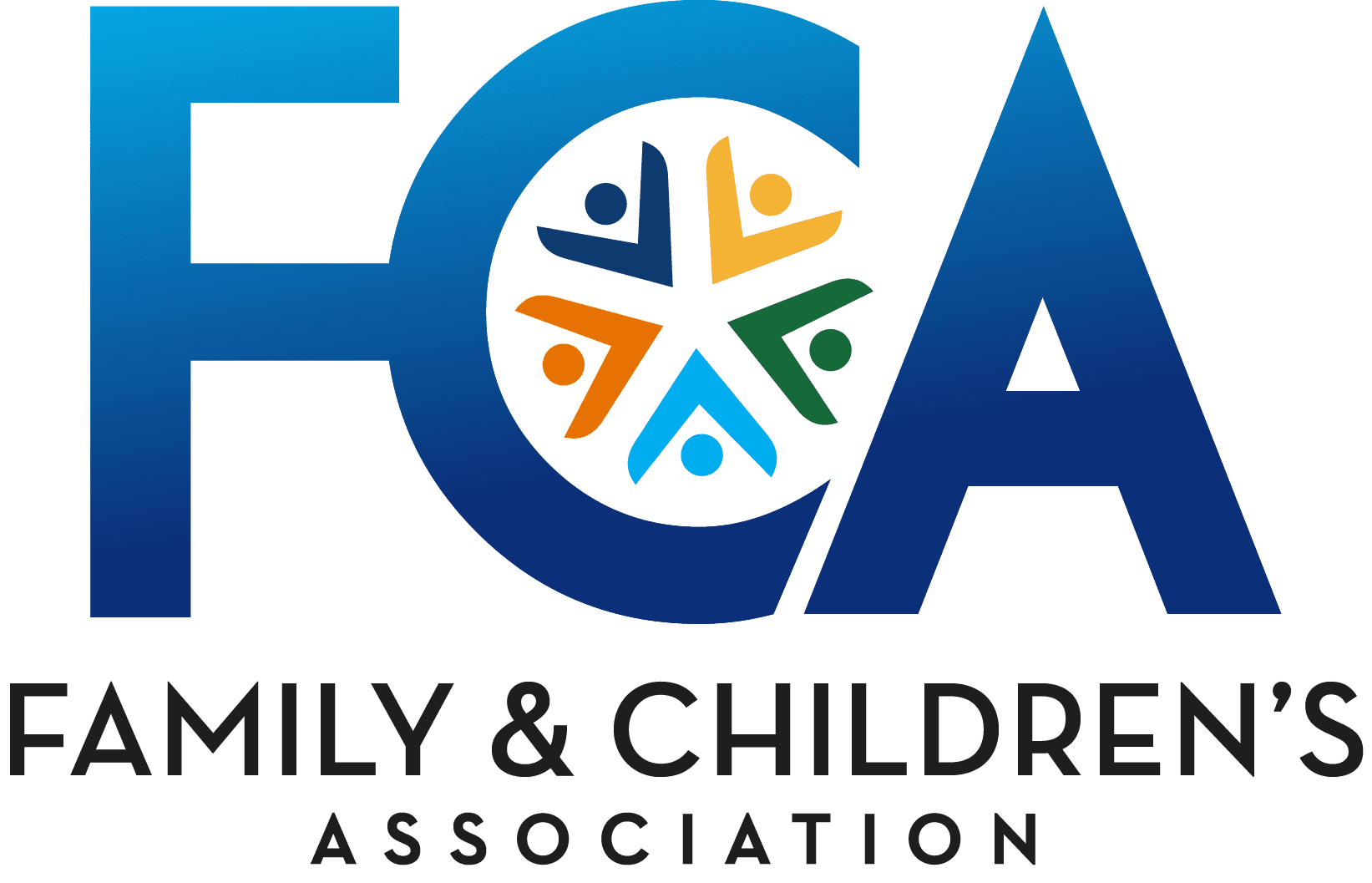When someone picks up the phone and reaches out for help, it can be a life-changing moment. For many families and individuals in crisis, that first call to Family and Children’s Association (FCA) opens the door to safety, stability, and hope. But what happens after the call? Behind every emergency shelter placement is a dedicated team working quickly and compassionately to make sure people in need are cared for.
This behind-the-scenes look shows how FCA responds to urgent situations and helps people find their footing again.
The First Point of Contact
The process starts when someone reaches out. Sometimes it’s a parent who has lost housing, a young adult with nowhere to go, or a social worker calling on behalf of a client. Each story is different, but all share one thing: urgency.
When the call comes in, trained staff listen carefully. They gather essential details such as family size, ages of children, health needs, and any immediate concerns. Just as important, they offer reassurance. For someone in crisis, knowing that they’re being heard and supported makes a huge difference.
Assessing Needs in Real Time
The next step is assessment. FCA staff evaluate each situation individually. This includes:
- Determining immediate safety needs
- Identifying available shelter space in Nassau County and across Long Island
- Considering health or mobility requirements
- Connecting callers to additional services if needed
The goal is not just to find a bed for the night. It’s about finding the right kind of support. For example, a senior in need of housing may require different resources than a young adult aging out of foster care.
Coordinating Emergency Shelter Placement
Once needs are identified, the team moves fast. Emergency shelter on Long Island is limited, and space must be carefully coordinated. FCA works closely with shelters in Nassau County NY and other community partners to match families and individuals with safe housing.
Behind the scenes, staff are contacting providers, checking availability, and securing placement. For the caller, this often happens within hours. For the team, it’s a race against time—balancing urgency with careful planning to ensure safety.
Beyond Shelter: Connecting to Services
Securing a safe place to sleep is only the beginning. Many people who need shelter are also facing other challenges. These may include:
- Food insecurity
- Employment struggles
- Substance use concerns
- Mental health needs
- Legal or immigration questions
- Childcare and education support
FCA staff don’t stop once a bed is found. They help connect individuals to ongoing resources, such as Long Island substance abuse treatment programs, senior care options, or youth support services. The goal is to create stability, not just temporary relief.
The Human Side of Response
Behind every placement is a person with a story. Some are parents working two jobs but unable to afford rising rents. Others are seniors who suddenly lost their caregiver. There are also young adults navigating independence after foster care in Long Island NY.
Every situation carries its own weight, but FCA staff approach each one with compassion. The call isn’t just a transaction—it’s the start of a relationship built on trust and respect.
Why Emergency Shelter Matters
The need for emergency housing in Nassau County NY is significant. According to recent reports, homelessness has been steadily rising across Long Island. Families with children are one of the fastest-growing groups in need of shelter.
Emergency shelter provides more than just a roof. It offers safety, stability, and a chance to regroup. For many, it’s the first step toward long-term housing, employment, and independence. Without this support, vulnerable families and individuals would face even greater risks.
FCA’s Wider Network of Support
What sets FCA apart is not just emergency shelter response, but the larger network of services available. In addition to housing support, FCA offers programs for:
- Foster care on Long Island
- Senior care and Alzheimer’s support
- Mental health and addiction treatment services
- Educational and youth development programs
- Family immigration services
This holistic approach means that people don’t just find temporary shelter—they find pathways to lasting stability.
How the Community Plays a Role
Emergency shelter response is a team effort. It depends on partnerships with local shelters in Long Island New York, community organizations, and county agencies. It also depends on community members who support FCA’s mission through donations, advocacy, and volunteering.
When neighbors step up for neighbors, the impact is powerful. Families in crisis get the chance to rebuild, and communities grow stronger together.
What You Can Do
The process that begins with one call can transform lives—but it takes resources to make it possible. Community support helps FCA continue to respond quickly and effectively. You can:
- Learn more about emergency housing services
- Support FCA through donations
- Share information about shelters and services
- Volunteer your time or expertise
Even small actions can have a big impact on someone in crisis.
Closing Thoughts
When the call for help comes in, FCA is ready. What happens after that call is a combination of quick action, compassion, and long-term support. Emergency shelter is often the first step, but it’s never the last. Behind the scenes, a network of dedicated staff and community partners are working to make sure that families and individuals are not just housed, but given the tools to thrive.
If you’d like to learn more about how Family and Children’s Association is supporting the community—or how you can help—visit Family and Children’s Association. Together, we can make sure that when someone reaches out, the answer is always “We’re here for you.”








